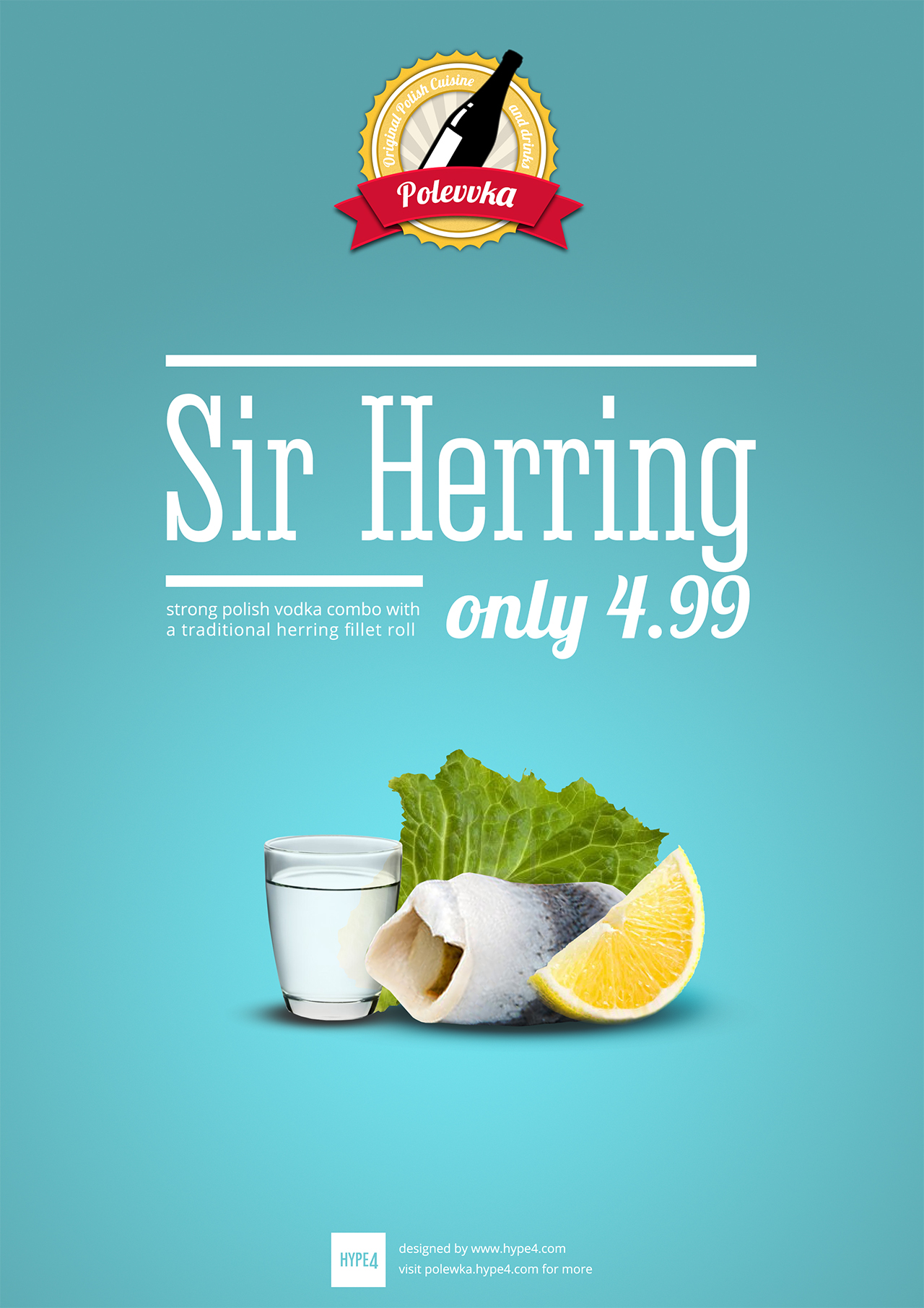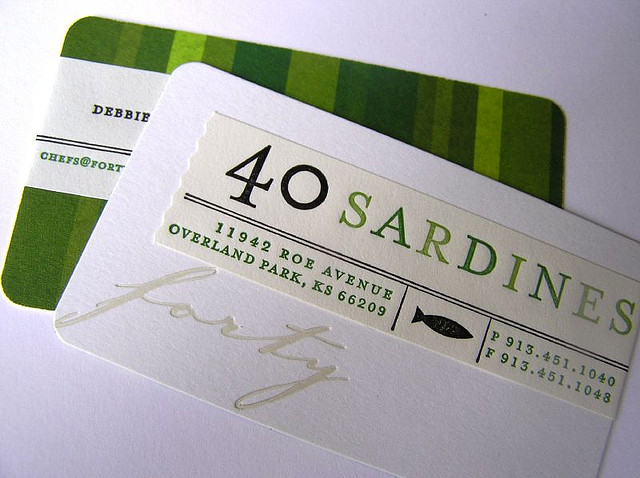Pure black is only pure when you close your eyes. In the dark
 We have covered minimal design before, and every time we did the idea was to have black text on white background. Well, that minimalist approach was of course oversimplified, but a couple readers asked me about that, so here we go:
We have covered minimal design before, and every time we did the idea was to have black text on white background. Well, that minimalist approach was of course oversimplified, but a couple readers asked me about that, so here we go:
I stumbled upon a couple of blog posts recently about the issue and that made me think about it as well. The fact is that pure (#000000) black doesn’t exist anywhere in nature. Even if a surface is black, light hitting it makes it dark-grayish with a warm or cool tone. So it’s never really black, but we call it that.
Same with text. Black text on a white background creates A LOT of contrast (as high as it gets really) and that’s not very good on the eyes. The idea is to modify the extremes a little bit (both black and white) into some nice looking dark/light greys. If the general website palette is warm, we should have our “blacks” warm with a bit more red, than blue in them. If it’s rather cool, we’d add more blue to our black and have a black and blue design. Yay.
Pure black is also not good with other colours because it immediately catches the eye and distracts us from the rest of the content. I personally prefer even brighter blacks, than most designers, ranging from #2x2x2x up to #4x4x4x, with my “white” backgrounds being somewhere around #fdfdfd with a slight addition of either blue or red.
All in all toned down text is both readable and beautiful and it’s the first step to better typography. Let’s leave pure blacks to print, because after it’s printed it’s not pure black anymore (light is hitting the black making it grey too)


 We have covered minimal design before, and every time we did the idea was to have black text on white background. Well, that minimalist approach was of course oversimplified, but a couple readers asked me about that, so here we go:
We have covered minimal design before, and every time we did the idea was to have black text on white background. Well, that minimalist approach was of course oversimplified, but a couple readers asked me about that, so here we go:

